The Apsara Authority is a government sponsored agency in Cambodia responsible for management and protection of Angkor Archaeological Park. That sounds like a fair and noble cause and to some point it is, however being part of the most corrupt government in the world, it comes as no surprise that Apsara Authority would be as corrupt and twisted as the people who created it.
On their website autoriteapsara.org, the Apsara Authority describes its purpose and agenda as follows:
The government has created APSARA, the Authority for the Protection and Management of Angkor and the Region of Siem Reap, in charge of research, protection and conservation of cultural heritage, as well as urban and tourist development. This legislative and institutional framework marks the beginning of a new active role Cambodia will take, responding to the call of her own people in the voice of her King, as well as to that of the international community, in managing Angkor as a national and world heritage for the generations to come.
On the History and Organization page, the text on the website states that Apsara Authority is responsible for:
- Protecting, maintaining, conserving and improving the value of the archaeological park, the culture, the environment and the history of the Angkor region as defined on the World Heritage List.
- Refining and applying the master plan on tourist development according to the five zones, defined in 1994 in the Royal Decree on the protection and management of Siemreap-Angkor and taking action against deforestation, illegal territory occupation as well as anarchy activities in Siemreap-Angkor.
- Finding financial sources and investments.
- Participating in the policy of cutting down poverty of the Royal Government in Siemreap-Angkor.
- Cooperating with the Cambodian Development Council on the investments of all the projects that are involved with APSARA Authority’s mission.
- Cooperating with ministries, institutions, funds, national and international communities as well as international governmental institutions and non-governmental organization on all projects related to APSARA Authority.
There are some truly dubious statements in the description of their responsibilities and by looking at past actions of Apsara Authority throughout the Siem Reap area one can come to conclusions what they likely mean.
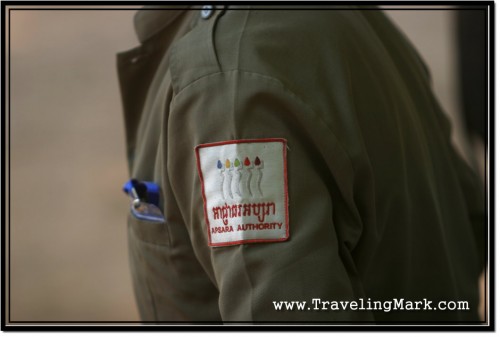
The first alarming statement can be seen in the introductory sentence where it is mentioned that Apsara Authority was created “for the Protection and Management of Angkor and the Region of Siem Reap” – and the region of Siem Reap? Why does Apsara Authority want to spread their jurisdiction outside of the Angkor Archaeological Park? If their purpose is to preserve and protect the ancient temples of Angkor, than why stick fingers in villages outside of Angkor?
Another even more dubious statement is one you have certainly already noticed – anarchy activities. What in the name of Buddha are anarchy activities? Has this phrase purposefully been forced into the list of Apsarta Authority responsibilities so they have their asses covered no matter what they do? Past actions of the agency show us that it truly could be so.
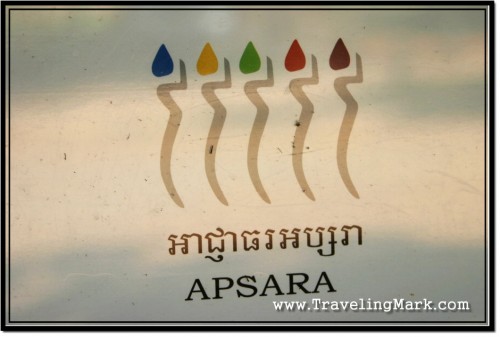
From the reports of people living in touristy areas as well as from articles published in the Phnom Penh Post it is evident that large groups of Apsara Authority officials have been going around villages in the Siem Reap province, threatening the villagers at gunpoint that if they modernize their houses or build something new on their land, they will be evicted without recourse. If any of the villagers voices against unlawful eviction, they are simply told that their actions are perceived as “anarchy activities” and are henceforth removed from the land that their predecessors lived on for centuries. They are subsequently moved to a tiny piece of land that was assigned to them in lieu of their coveted location. Their new land is in the middle of nowhere, in the district where they have no friends or family to rely on. That is what Apsara Authority refers to when they say “anarchy activities”.
Apparently, for as long as the villagers keep their original, “traditional” houses – aka wooden, thatched barns on stilts – and don’t try to modernize them, they should be fine. I have my own theory why they insist on people living in prehistoric houses that are falling apart:
It has everything to do with foreign donations coming in massive chunks to Cambodia. In order for the financial support from abroad to continuously grow, foreigner must be exposed to villagers who look poor, live in atrocious conditions with houses falling apart around them. If there were any signs of improvement of conditions in which regular folk live, foreign donations could diminish. Given lack of transparency throughout Cambodia along with the most corrupt government in the world, any money coming to Cambodia, regardless of who it is intended for, eventually ends up in the hands of the ruling elite while impoverished, underprivileged citizens get nothing. However they are a good bait for foreign donations so it is absolutely essential for the government to ensure that people remain poor and look poor. At least those who live in the areas where foreigners go.
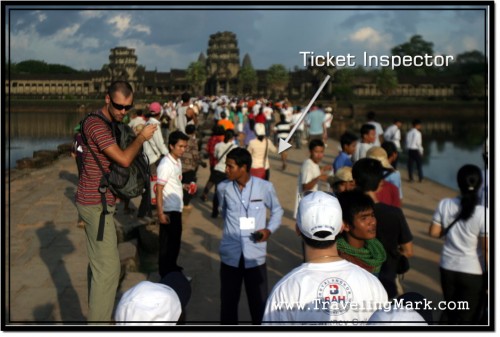

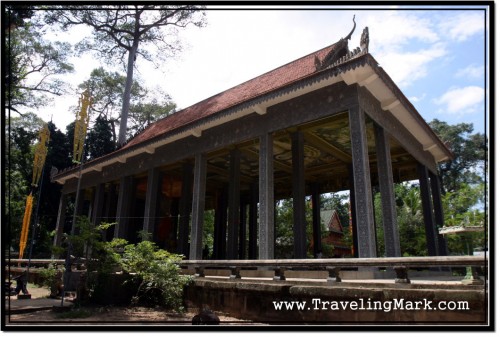
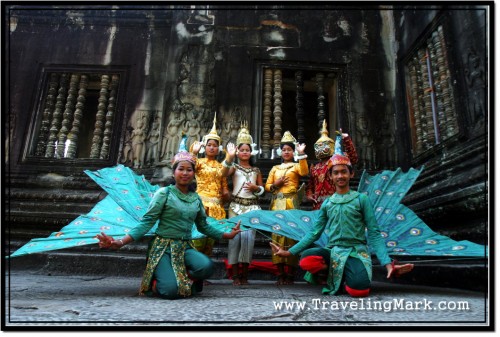
the apsara authority is relocating people from inside the temple areas to far flung ad hoc villages in order to reduce the population and appearance of poverty which they suspect is unpleasant for tourists to see as they wander around the temples. on the other hand, the apsara authority sponsors and takes kick-backs from fake orphanages operating inside the temple area, like ODA, Focco, and others. Apsara authority received a huge grant from NZAID to create a “handicrafts” industry inside the village of rohal, next to taprum temple. they took the grant and then charged the poor villagers to participate in teh project. a typical participant earns about 5 dollars us per day for grueling work. apsara authority received another grant to provide ceramic water filters to villagers around the temples. they SOLD the filters to the villagers and pocketed money from both sources. moreover, a lot of the filters were cracked (factory defects). when villagers complained, the apsara authority claimed they had used the filters incorrectly. the apsara authority sends teams inside villages to study the demographics of the people living around the temples. they create lists categorizing the people into 5 levels of poverty. when i was distributing food during the 2011 flood, i got a copy of the list. in the “poorest” column i found members of the commune leaders family who own cars! why? the list is created to be provided to humanitarian aid ngos. the village leaders and commune leaders put their family members in the poorest categories so they will receive benefits from the ngos. the apsara authority prohibits the improvement of any house inside the temple area with permission. one man’s kitchen collapsed during a storm. he could not pay the fee to apply to restore his kitchen, so he put up a huge tarp to hide the work he was doing. the apsara authority extorts money from both international contributors and ngos, and the people their grants are intended to support. the apsara authority also extracts huge fees from academic groups who wish to study the ancient sites. apsara authority is 100% corrupt. it is a post-genocide atrocity operating at full capacity as of march 2013.